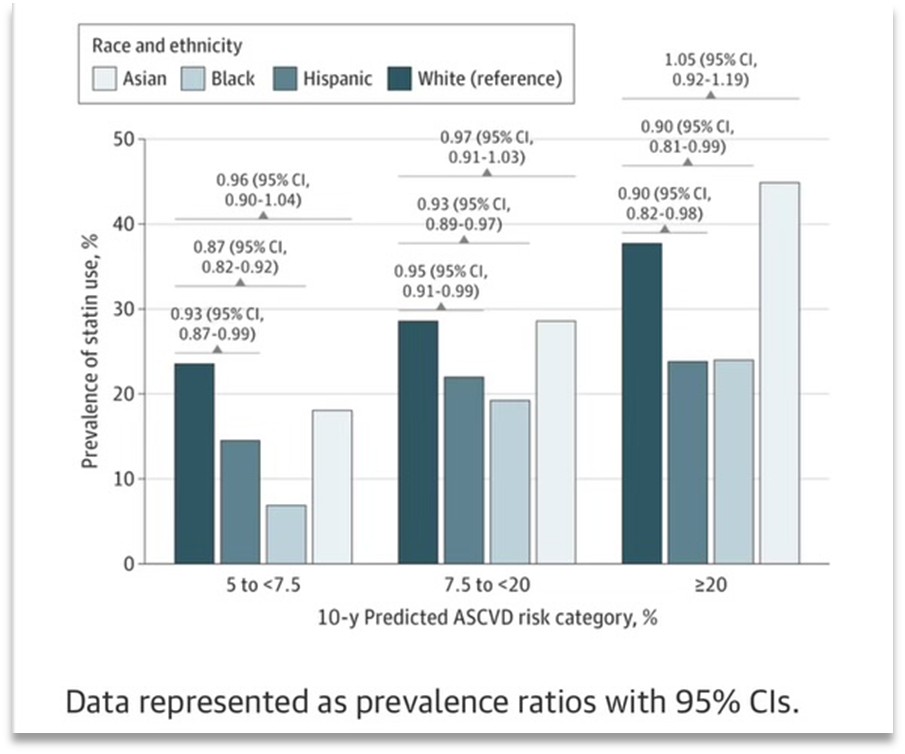About 40 million adults in the United States take statin drugs to reduce their risk of heart disease and stroke. The drugs, which lower levels of LDL cholesterol, are considered safe for most people, and for many, their potential benefits are high. Many people who might benefit from statins, however, aren’t taking them.
Graduate student Joshua Jacobs and Adam Bress, PharmD, MS, associate professor of population health sciences, analyzed data from National Health and Nutrition Examination Surveys completed between 2013 and 2020 and found the drugs are underutilized, particularly among Black and Hispanic Americans. Jacobs looked at data from more than 3,400 people and found that only about 30 percent of those with the highest risk of developing a cardiovascular problem in the next 10 years were taking statins. While 28 percent of White participants were being treated with the drugs, only 15 percent of Hispanic and 20 percent of Black participants were.
Although statins are among the most prescribed drugs in the United States, many patients who might benefit aren’t taking them. The findings highlight disparities in care and a need to identify barriers to treatment.
References:

Prevalence of Statin Use for Primary Prevention of Atherosclerotic Cardiovascular Disease by Race, Ethnicity, and 10-Year Disease Risk in the US: National Health and Nutrition Examination Surveys, 2013 to March 2020. Jacobs JA, Addo DK, Zheutlin AR, et al. JAMA Cardiol. 2023;8(5):443–452. doi:10.1001/jamacardio.2023.0228
Press Releases and Media:

University of Utah Health: Certain Racial, Ethnic Groups Less Likely to Receive Preventive Heart Disease Treatment



